AMD Radeon RX 9060 XT Review Ft Sapphire Nitro+ & XFX SWFT
A Closer Look
With the release of the 9060 XT, AMD is making some very bold claims of it being the world’s best graphics card under $350. While I am sure Intel and NVIDIA would have something to say about that, there is also no clear basis for this claim, as the definition of ‘the world’s best’ is subjective. As gamers have become disenfranchised by all the marketing spiel from all camps as of late, I think those words need to be taken with a very large pinch of salt, especially as while this could, at least on paper, launch at $350, if history has taught us anything (though NVIDIA has had it worse), pricing can be a very big point of contention.
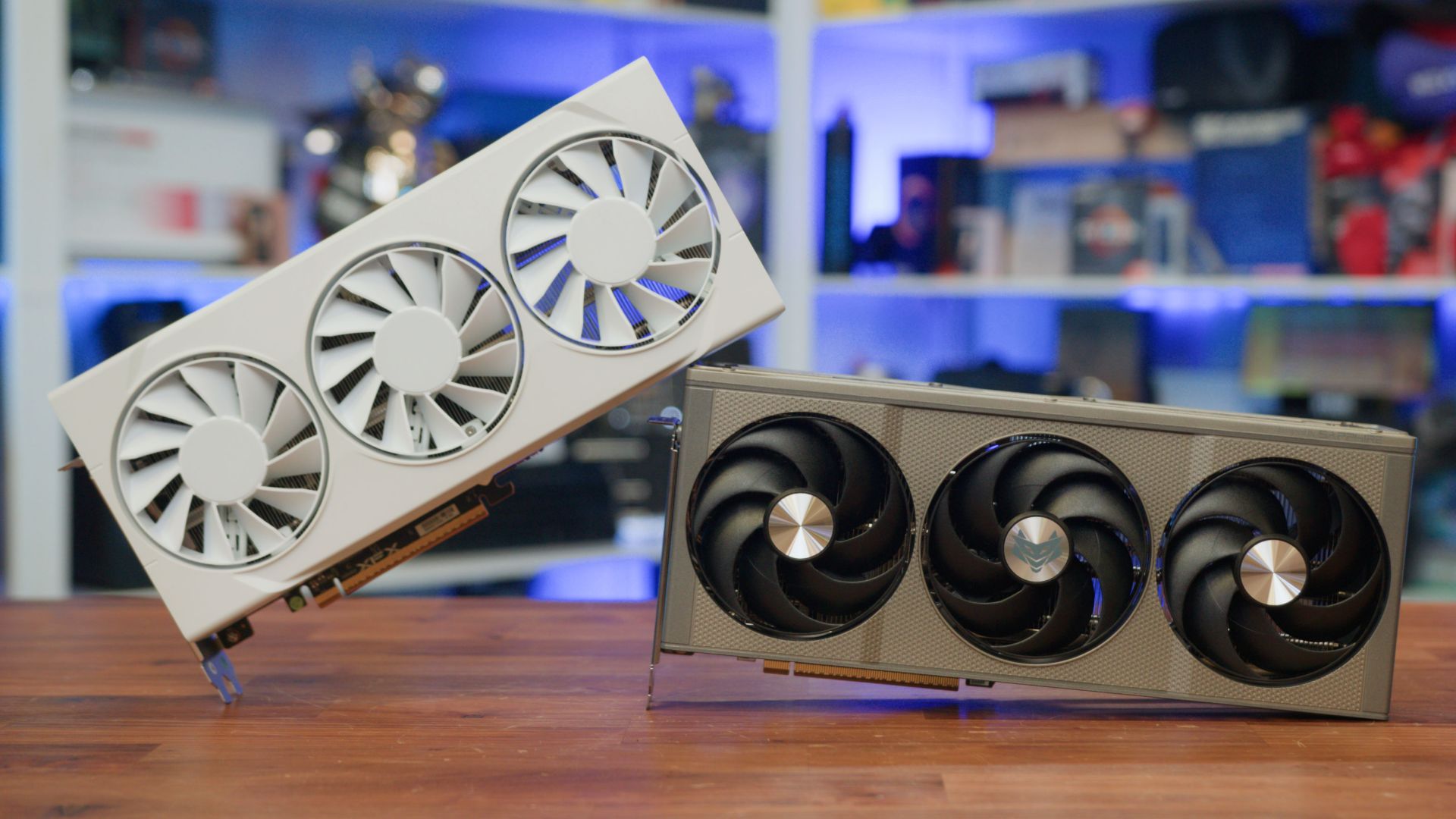
Now, naming structure to one side, the 9060 XT is regarded as the successor to the Radeon RX 7600 XT, which received a mixed reception from both reviewers and gamers when it launched. While it offered certain improvements over its predecessor, the RX 7600, many felt that these enhancements did not justify the increased price (around 8% more at 1080p and 5% at 1440p), and the card still lagged behind older-generation cards like the 6700 XT.
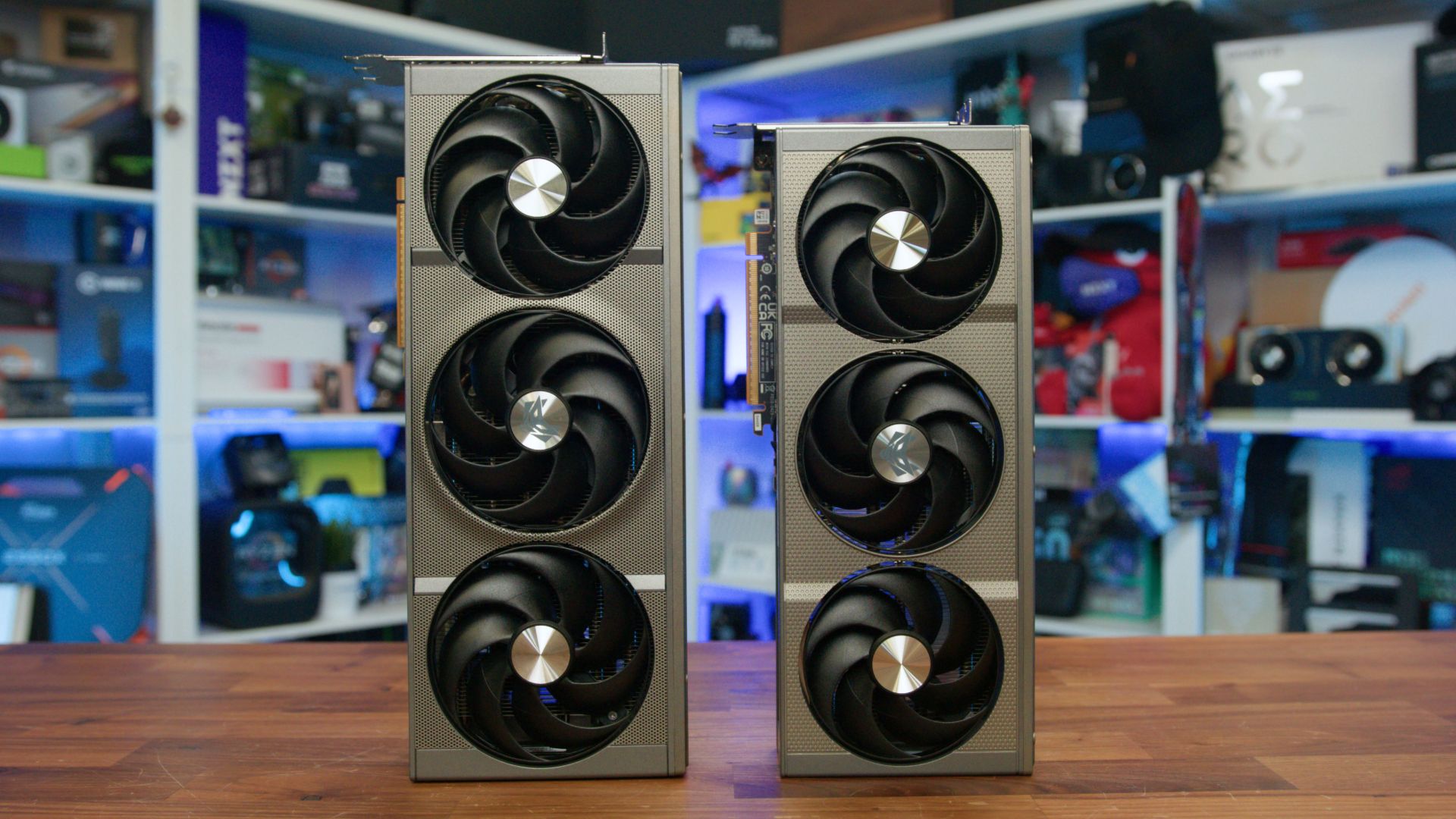
One thing that it did offer was a higher capacity of VRAM, coming in at 16GB. While I would like to say that AMD has learnt that lesson with this newer 9060 XT, that is just not the case, as there are two SKUs launching. I fear, much like other cards we have seen with 8GB of VRAM, that it will be dead on arrival, at least in the DIY segment of the market. After speaking to some AIBs at Computex recently, it does seem like they will be pushing the lesser model more towards system integrators for those who want a cheap system that will run fairly basic games for their children’s first PC.
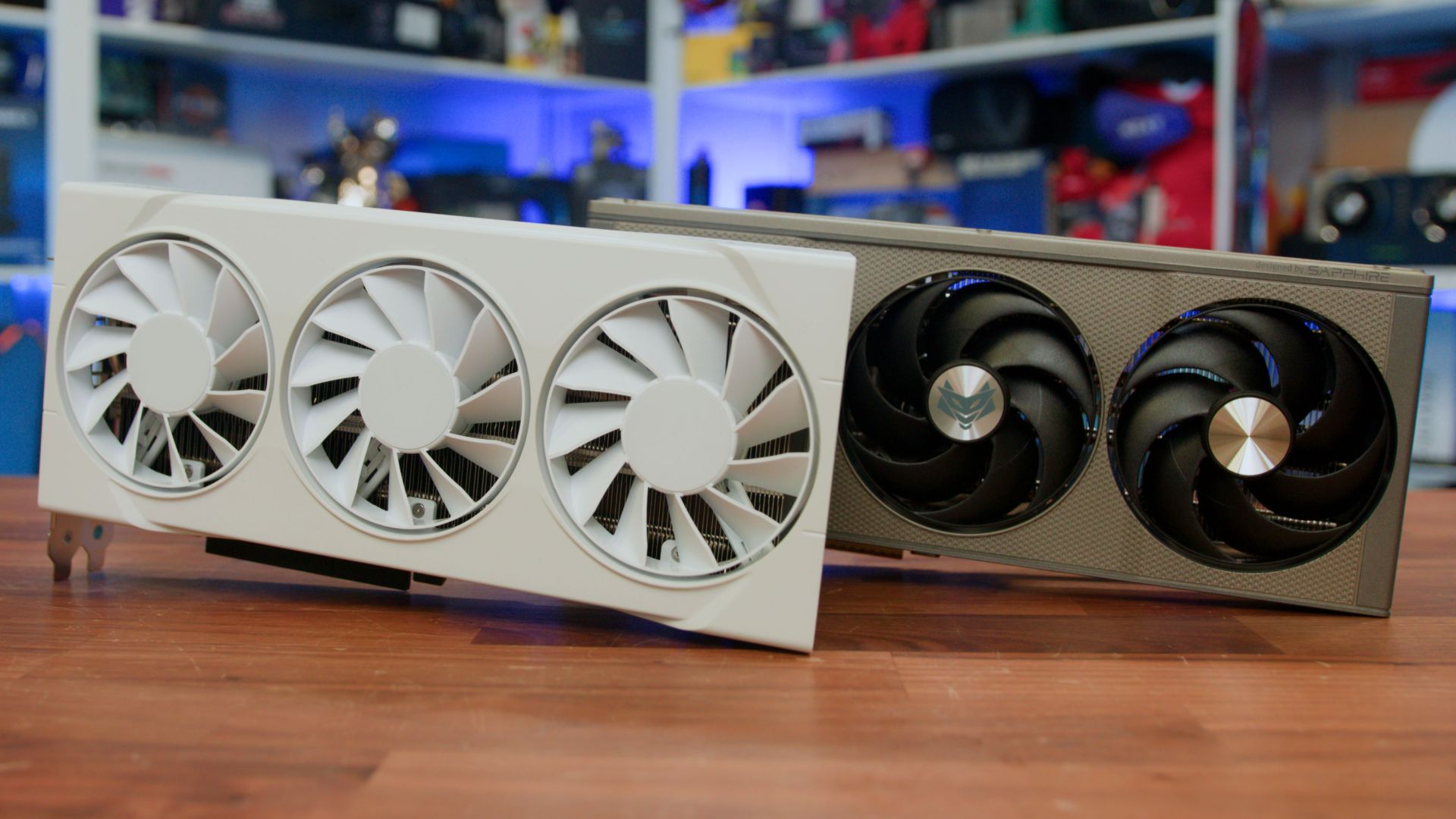
So, in comparison, at least to the 7600 XT, we have a card that is launching for another $20 and comes packing the same amount of memory, the same type of memory (GDDR6), and the same 128-bit interface, which matches similar offerings from NVIDIA. Although NVIDIA has at least used GDDR7 to help push its product, even that, for some, has not done enough.

What is interesting is that AMD will not have an MBA (Made By AMD) version or reference card for this class of GPU and is reliant on its AIB partners. But again, speaking to them at Computex, there was a definite level of hesitancy when pressed on samples of the 8GB model. I guess this will end up going by the wayside, and some reviewers out there may get their hands on one, though that will likely mean buying one from a retailer or working directly with them, as I am sure AMD wants to mitigate any bad press on this launch, as the 8GB model could bring down the general consensus on both the 8GB and 16GB models collectively.
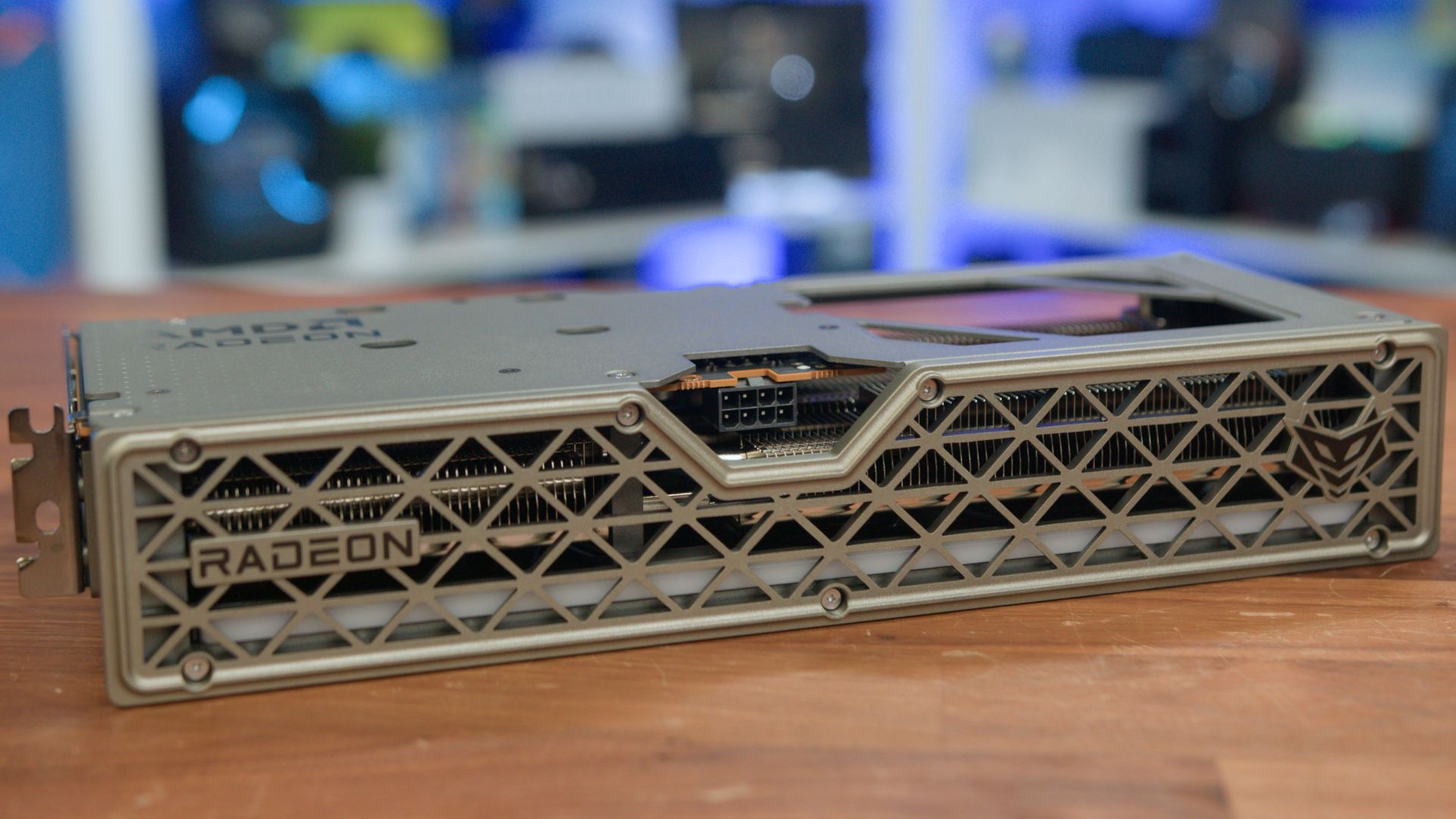
For today, we have the 16GB model to review. Spec-wise, not all that much has changed from the 7600 XT. Of course, we have a different manufacturing process, favouring TSMC’s N4P node, and we now use the Navi 44 GPU core, which is the first card to utilise this particular silicon. We do see a slightly smaller die size compared to the 7600 XT, while also packing in 123% more transistors. Other specs really do not change at all, as we have the same number of Compute Units, stream processors, ray accelerators, ROPs, and Texture Mapping Units, though we do see a small decrease in the Total Board Power from 190W to a maximum of 180W, which will range from SKU to SKU.
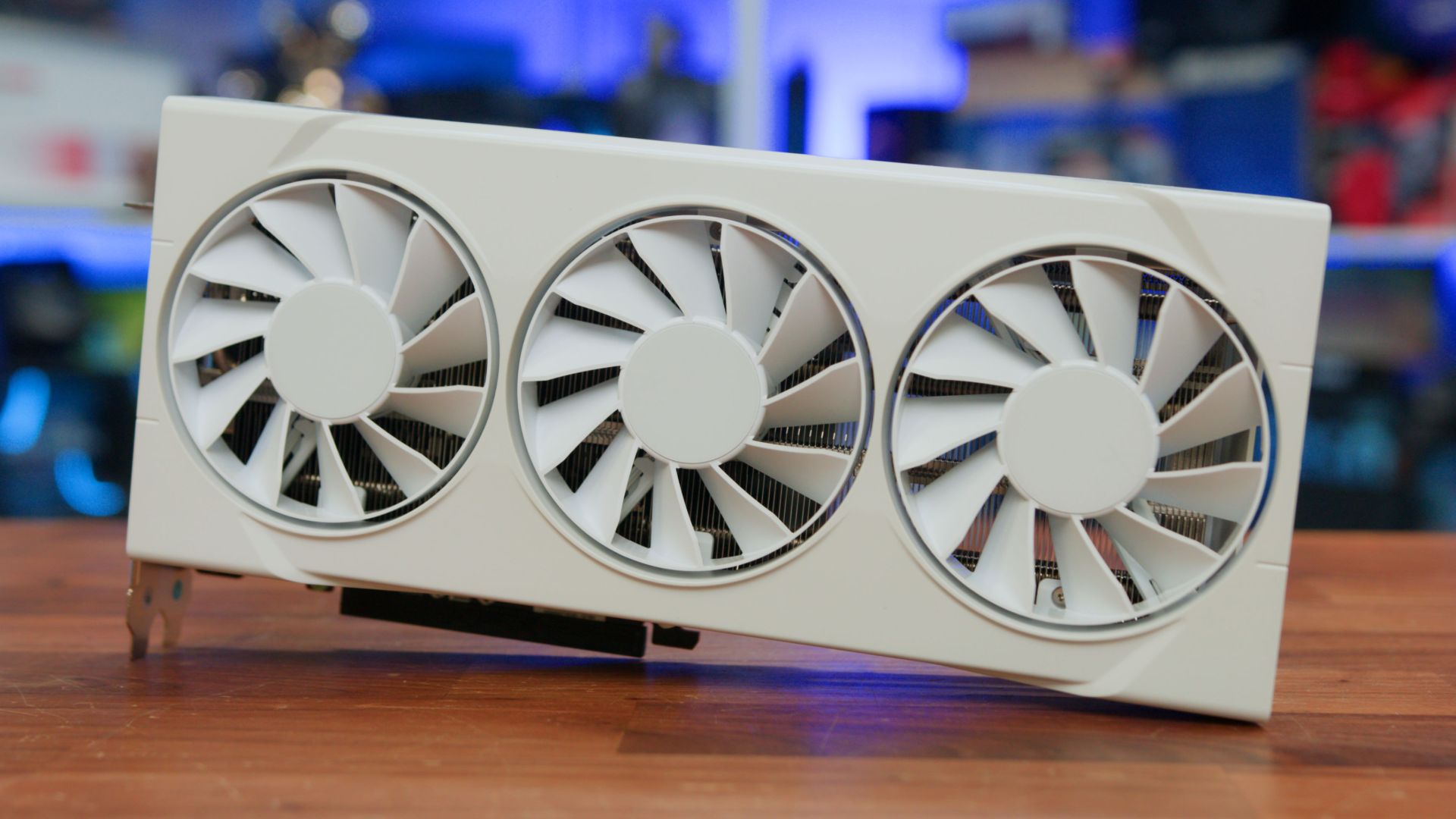
In terms of clock speeds, these have seen a modest bump of 2% on the game clock, a little under 14% on the boost clock, and around 11% in terms of the memory clock – so, nothing earth-shattering. But, coupled with the architectural improvements, we should see a difference in performance, but by how much is yet to be seen.
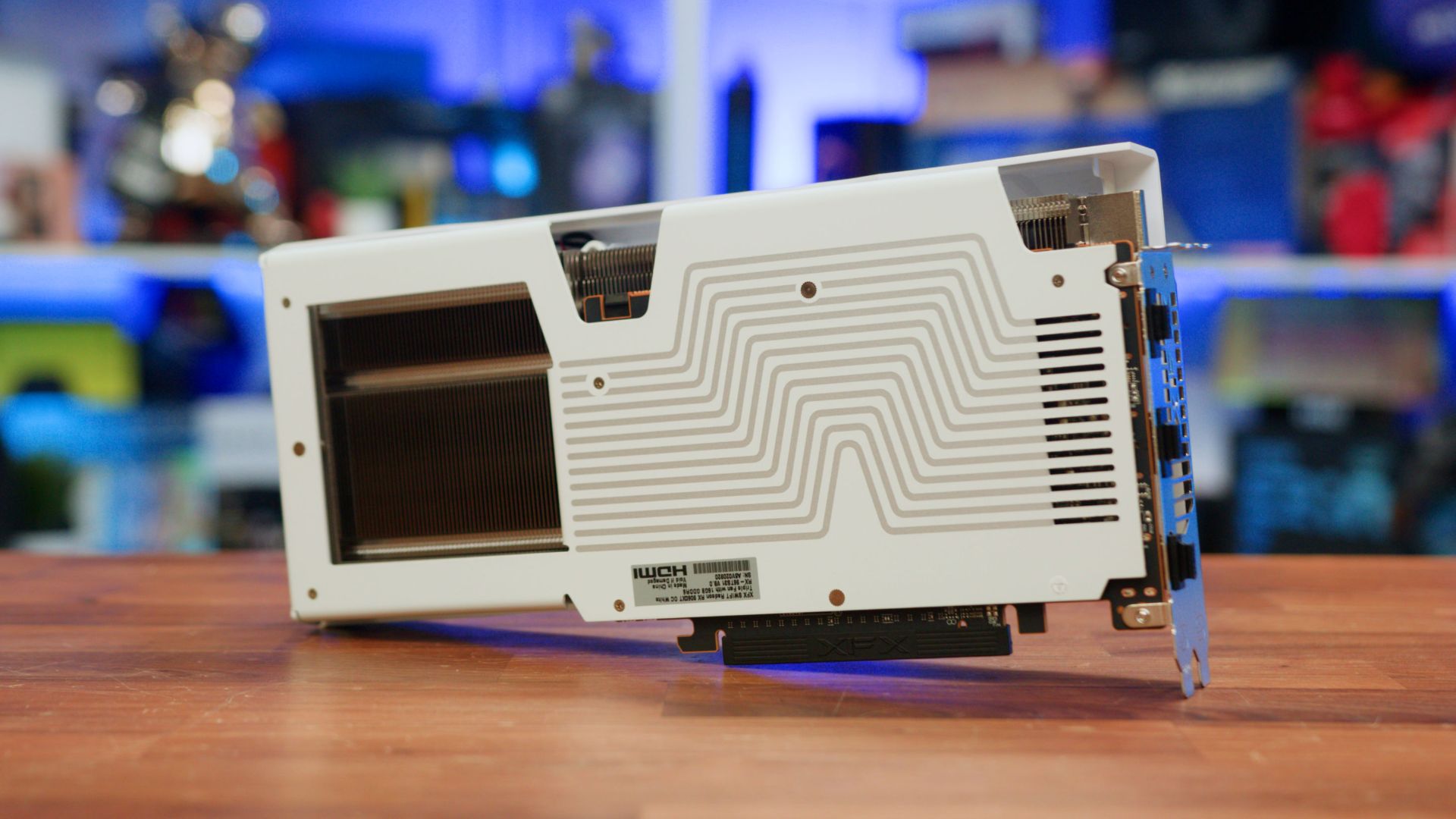
As mentioned, there is no MBA or reference card for this launch, so we have the Nitro+ model from Sapphire as well as the XFX Swift. Both are pre-factory overclocked, and while we will be looking at cooling performance on both, we have put the Nitro+ model through our full testing suite to see how the GPU stacks up.








